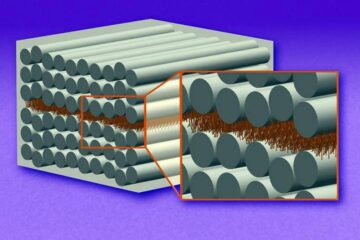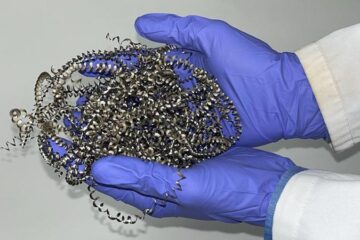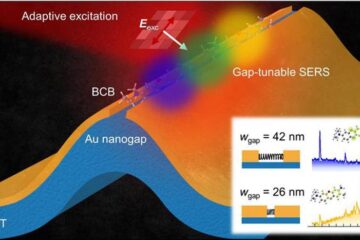Maternal depression and controlling behaviour are associated with increased stress response in infants

These young mothers face many life challenges and they have an increased risk for becoming depressed. How might the behavior of these young mothers be related to later psychiatric or behavioral problems in some of their offspring? A new study being published in Biological Psychiatry on September 15th suggests an association between a history of depression in the mothers, a particular style of mothering, “maternal overcontrol”, and increased stress reactivity of their infants.
Azar and colleagues measured the cortisol levels of infants both before and after a brief mild stressor. They found that a lifetime history of major depression in the mother and a maternal pattern of intrusive and overstimulating behavior toward their infant (“maternal overcontrol”) were associated with an increased release of the stress hormone, cortisol, in the infants following the mild stress exposure. The infants of mothers with a history of depression had also had lower pre-stress cortisol levels. Also, there was a correlation in the cortisol levels between mothers and their infants.
These findings add “to our small but growing body of knowledge on neurobiological differences in stress responses between infants of depressed and non-depressed mothers”, noted Dr. Azar. John H. Krystal, M.D., Editor of Biological Psychiatry and affiliated with both Yale University School of Medicine and the VA Connecticut Healthcare System, adds, “Teenage mothers and their offspring are both, in their own ways, vulnerable. As a result, teenage pregnancy is thought to be a setting for preventative educational programs that might help teenagers better cope with their upcoming challenges.” He also points out that, “We do not yet know the long-term consequences of maternal ‘overcontrol’, but should it prove to have negative long-term effects, it is conceivable that this type of behavior might be targeted in preventive educational programs.”
Dr. Azar concludes, “Practically, the open question is that of the long-term effects: are these infants at increased risk for psychological or physical stress-related illnesses later in life. If so, why? Given that the adrenocortical system is known to be plastic and hence easily influenced in both positive and negative ways, we believe that it is very important to eventually identify which of these babies are more vulnerable to stress.”
Media Contact
More Information:
http://www.elsevier.comAll latest news from the category: Health and Medicine
This subject area encompasses research and studies in the field of human medicine.
Among the wide-ranging list of topics covered here are anesthesiology, anatomy, surgery, human genetics, hygiene and environmental medicine, internal medicine, neurology, pharmacology, physiology, urology and dental medicine.
Newest articles

“Nanostitches” enable lighter and tougher composite materials
In research that may lead to next-generation airplanes and spacecraft, MIT engineers used carbon nanotubes to prevent cracking in multilayered composites. To save on fuel and reduce aircraft emissions, engineers…

Trash to treasure
Researchers turn metal waste into catalyst for hydrogen. Scientists have found a way to transform metal waste into a highly efficient catalyst to make hydrogen from water, a discovery that…

Real-time detection of infectious disease viruses
… by searching for molecular fingerprinting. A research team consisting of Professor Kyoung-Duck Park and Taeyoung Moon and Huitae Joo, PhD candidates, from the Department of Physics at Pohang University…





















